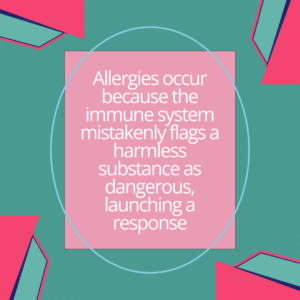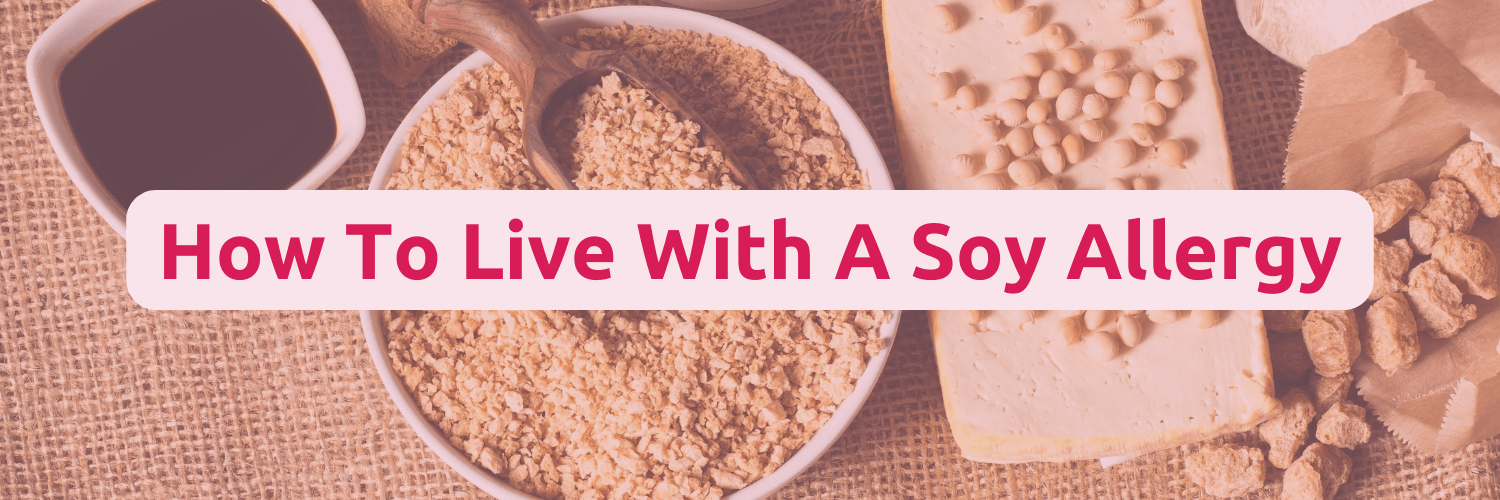Did you know that allergies are increasing in the UK? According to the BBC, dangerous allergic reactions have more than doubled over the past 20 years. This alarming trend raises the question: just how many allergens are there?
Allergens, the substances that trigger allergic reactions, can be found everywhere – from the food we eat to the air we breathe. But not all allergens affect people equally – some, like tree nuts, pet dander, or pollen, are extremely common. In contrast, others, such as gold, latex, and even meat, are much rarer.
What is an Allergen?
Let’s start with the basics: allergens are substances that trigger an allergic reaction. Allergies occur because the immune system mistakenly flags a harmless substance as dangerous, launching a response. White blood cells release histamine, which produces symptoms like sneezing, itching, and watery eyes.
Not all allergens produce the same reaction. Certain individuals may experience only a mild reaction from an allergen, while others experience anaphylaxis. However, we usually group allergens based on their source and nature:
- Environmental Allergens: Includes pollen, mould spores, and pollution, affecting air quality and causing respiratory issues.
- Food Allergens: Common triggers are nuts, dairy, eggs, seafood, and wheat, often leading to digestive and systemic reactions.
- Animal Allergens: Derived from pets’ dander, fur, saliva, and urine, or insects like cockroaches and dust mites.
- Chemical and Material Allergens: Includes substances found in drugs, latex, cosmetics, and everyday chemicals that can cause skin and respiratory reactions.
- Insect Venom Allergens: From bees, wasps, and ants, causing local or systemic reactions, potentially life-threatening.
Remember, the source may differ, but the underlying mechanism remains the same. The identification and management of allergens are crucial for those affected as they navigate environments and substances that might provoke these reactions.
How Many Allergens Are There?
There is no official number of allergens. Theoretically, anything can be an allergen so long as it has the potential to activate the immune system. Estimates suggest that there are thousands of known allergens, each fitting into broad categories, such as foods, environmental particles, chemicals, and biological organisms.
Food allergens alone cause a significant portion of reactions, including the so-called “Big Eight“: milk, eggs, fish, shellfish, tree nuts, peanuts, wheat, and soy. Environmental allergies are another potential cause – primarily pollen (i.e., hay fever) and animal dander. Even water can trigger an allergic reaction known as aquagenic urticaria. This extremely rare condition causes itchy hives and swelling when the skin comes in contact with water.
New allergens are continually being identified as people come into contact with novel substances. For example, chlorhexidine is a common skin disinfectant that, in rare cases, can trigger allergic reactions.
The 14 Main Allergens
According to the Food Standards Agency, food-related businesses must provide allergen information for their customers. Due to the endless number of allergies, UK law sets out 14 main food allergens. Businesses must label these ingredients in bold for both prepackaged food and drink or provide detailed information.
The 14 main allergens include:
- Cereals containing gluten (wheat, rye, barley, oats, spelt, kamut).
- Crustaceans (crabs, lobsters, prawns, shrimp).
- Eggs.
- Fish.
- Peanuts.
- Soybeans.
- Milk (including lactose).
- Tree nuts (almonds, hazelnuts, walnuts, cashews, pecans, Brazil nuts, pistachios, macadamia nuts).
- Celery.
- Mustard.
- Sesame seeds.
- Sulphur dioxide and sulphites (in concentrations above 10 mg/kg or 10 mg/L).
- Lupin (often in flour and bakery products).
- Molluscs (mussels, clams, oysters, snails, squid).
Note: This isn’t an exclusive list of food Allergies, nor is the absence of these ingredients on the package a guarantee that they don’t contain traces of the trigger. Terms like “May contain…” or “Made in a factory…” have no legal definition concerning the risk of cross-contamination.
Common Sources of Allergens
Now we know how many allergens there are. Which ones are the most common you could be exposed to?
Food allergies are among the most prevalent group of allergens – as you might expect. Cow’s milk is the most common childhood allergy, affecting 2-3% of babies and toddlers, followed by eggs. Tree nuts and peanut allergies are both extremely common in adults, as are shellfish, wheat, and soy.
Drug allergies are another cause for concern. Penicillin allergy is a well-known reaction to certain antibiotics, affecting up to 10% of people. However, any drug can cause a reaction.
Latex allergies aren’t often talked about, but they’re a common reaction. People with latex allergies also carry a greater risk of allergies to foods such as avocados, bananas, and kiwis.
Finally, there are airborne allergens, which cover everything from dust mites and mould to animal dander and pollen. Hay fever (or allergic rhinitis), in particular, is extremely common and increasing in prevalence.
Allergy Diagnosis and Treatment
It doesn’t matter how many allergens there are if you can’t diagnose the problem. Potential diagnostic options include skin tests, which involve pricking the skin with an allergen to see if there’s a reaction, and blood tests, which analyse the blood for antibodies.
If you’ve identified an allergy, the best approach is to avoid exposure. However, if you do get exposed to an allergen, taking an antihistamine can counteract the mild to moderate symptoms. Anaphylaxis is much more severe reaction that must be treated with an adrenaline auto-injector (EpiPen) as well as seeking immediate medical attention.
We recommend taking the Essential Allergy Test to diagnose your allergy. It looks for 38 common allergens, including a combination of food, animal, and environmental factors. Just send us a small pinprick blood sample, and we’ll get your results back within a week. Get tested today, and take control of your health.




